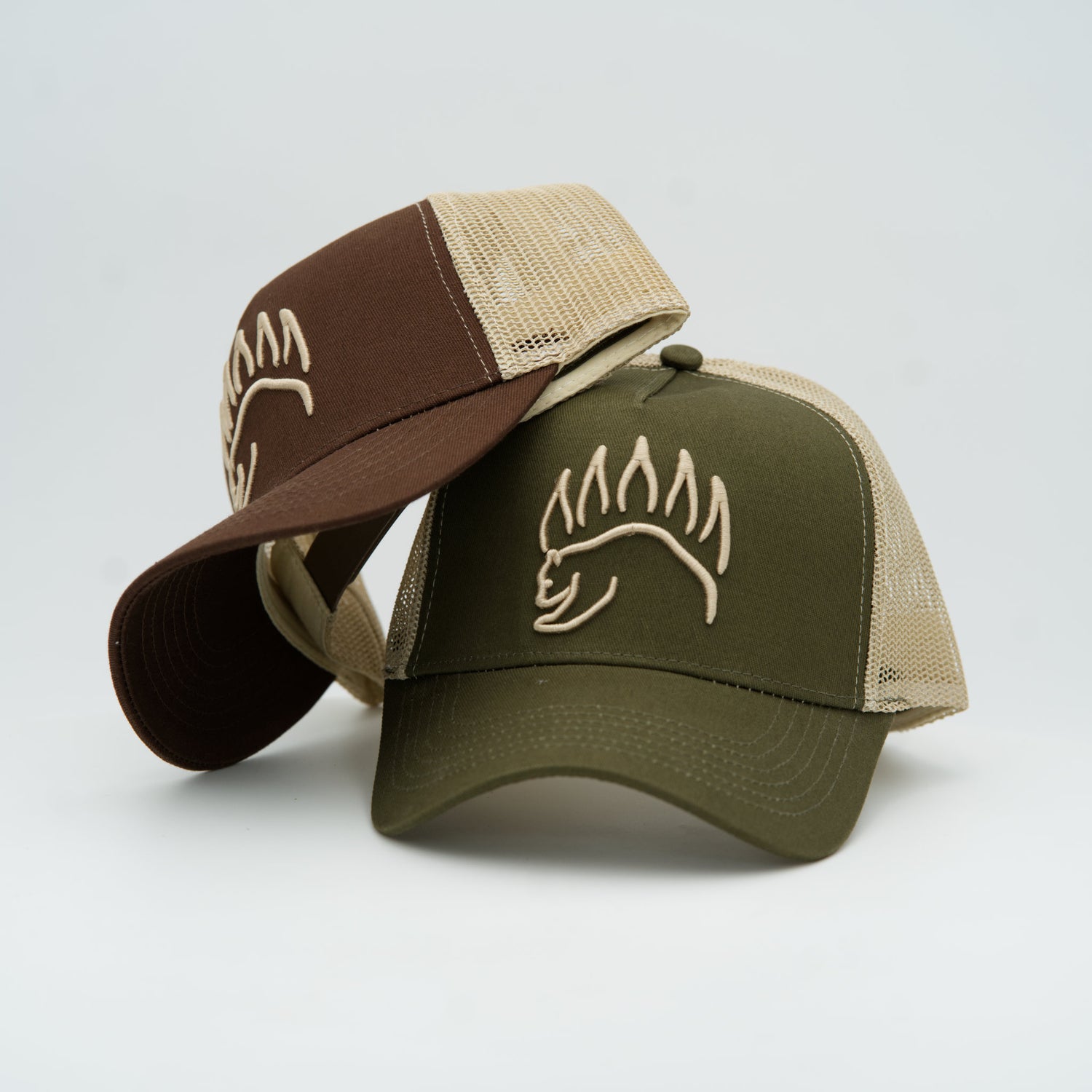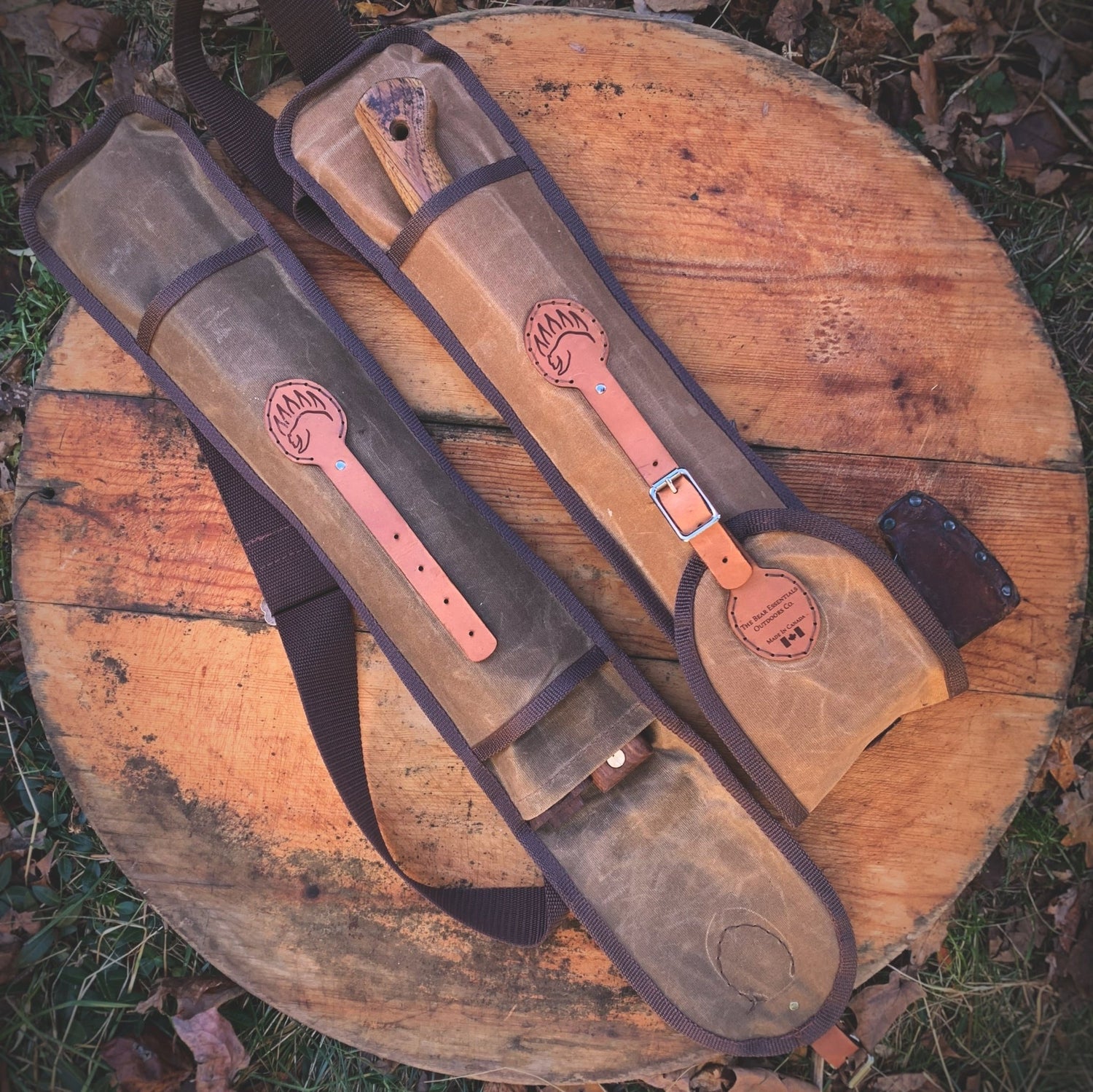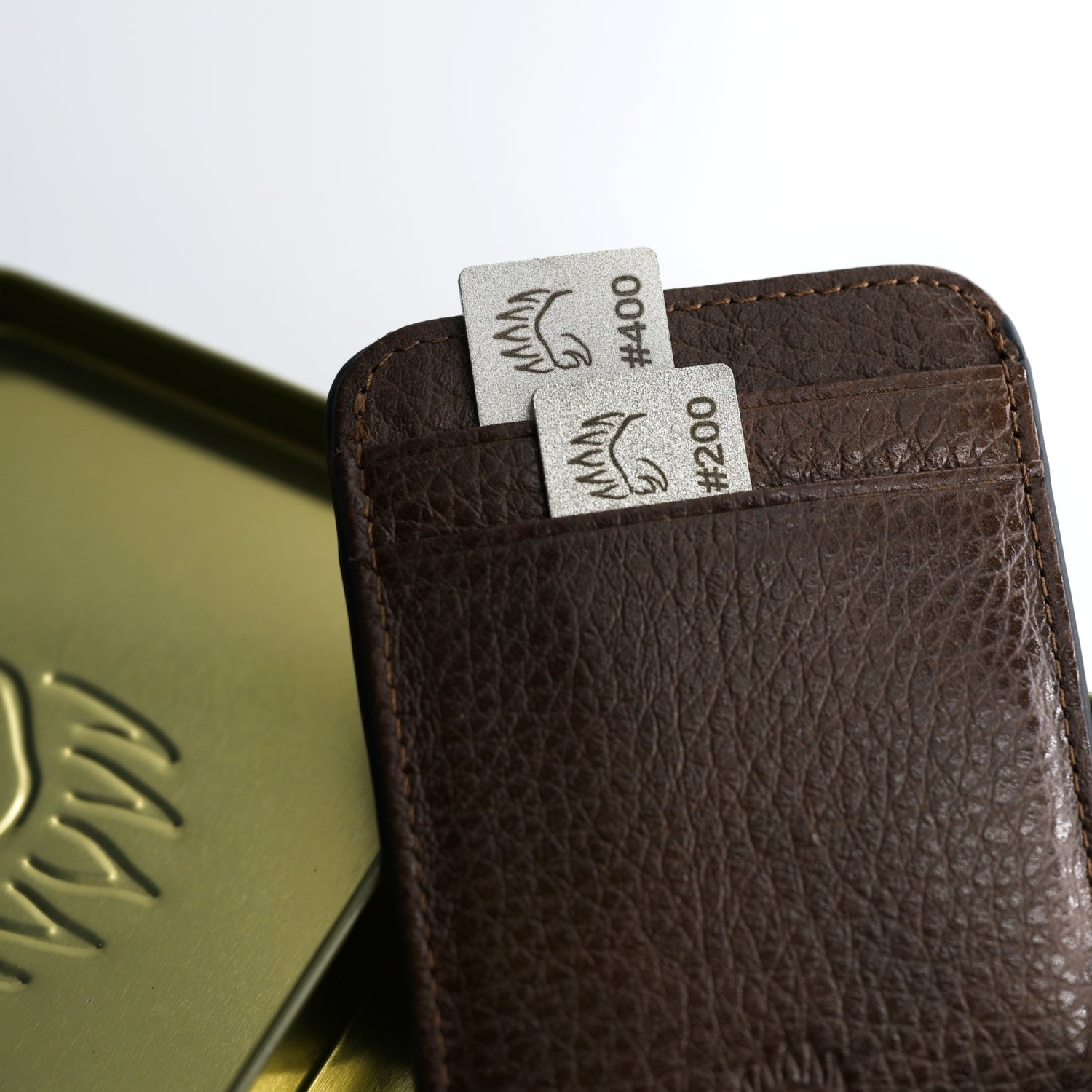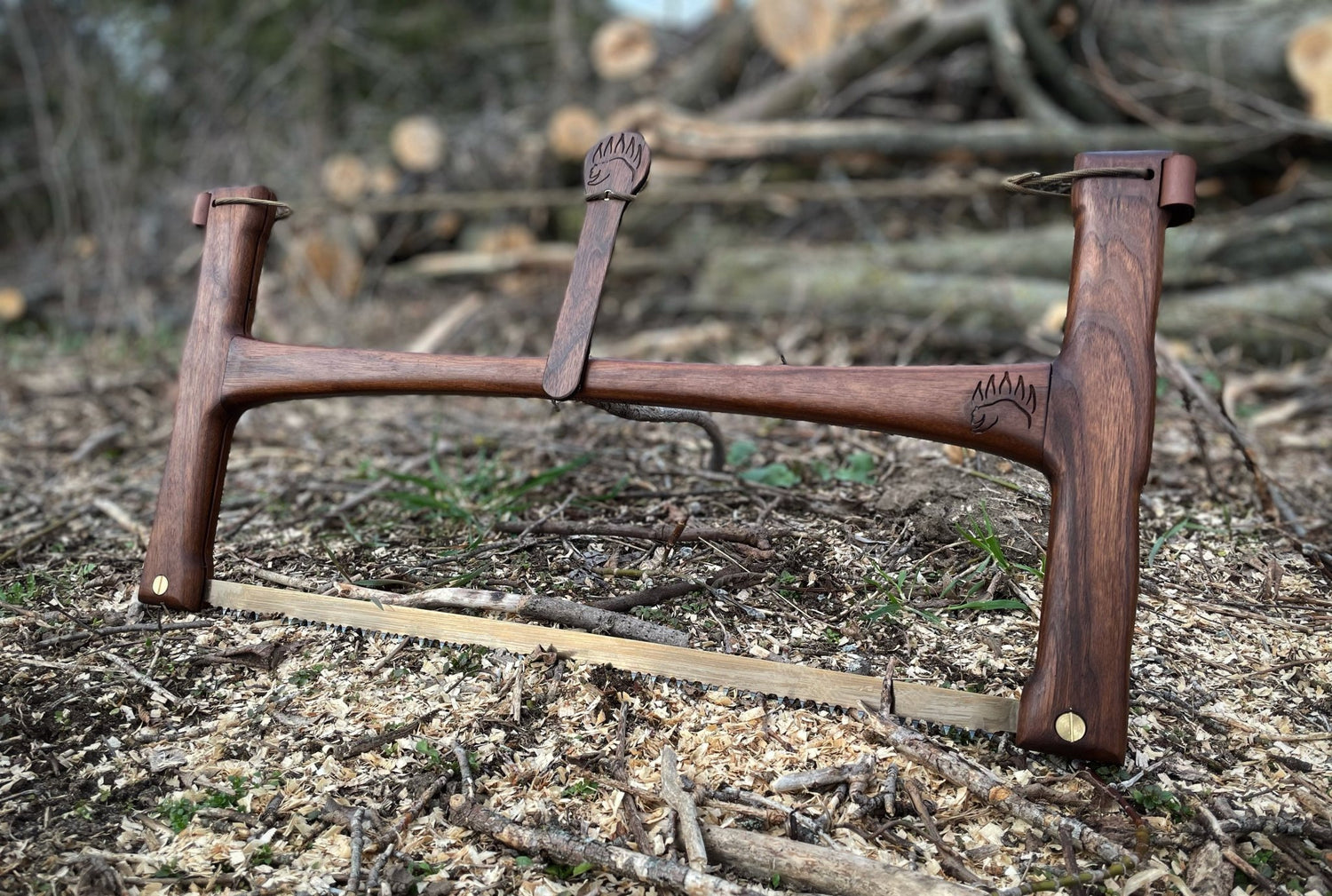You’ve got a shiny new spinning rod and reel in your hands and a Saturday that smells like the lake. Sweet.
But before you fling your first lure into orbit, let’s dial in your setup the right way.
Most headaches—line loops, wind knots, snapped leaders—come from rushing the basics.
This guide walks you through how to set up a fishing rod end-to-end: assembling the rod, mounting the reel, choosing the best fishing line for your water, how to spool a spinning reel, tying the essential knots, rigging for bobber fishing, and setting drag so your first fish doesn’t end in a sad “ping.”
I’ll keep it practical, field-tested, and beginner-friendly—using clear steps you can follow on a tailgate.
We’ll cover the arbor knot, improved clinch knot, using a fishing bobber, and how to avoid the classic mistakes that turn an easy morning into a bird’s-nest clinic.
By the end, your spinning rod and reel combo will cast smooth, retrieve clean, and fight fish without drama.
Know Your Spinning Rod and Reel and What They Do Together
A modern spinning setup is forgiving, versatile, and perfect for learning. Here’s the quick anatomy lesson that changes results on day one.
- Rod power & action. Power (ultralight → heavy) tells you how much backbone you’ve got; action (slow → fast) is how quickly the rod loads and recovers. For all-around freshwater, a medium-light to medium power with a fast action is a sweet spot.
-
Reel size. A 2000–3000 size spinning reel balances most 6'6"–7' spinning rod and reel setups. Bigger isn’t better if your rod goes nose-heavy.
-
Line choices.
- Mono (monofilament): stretchy, easy to handle, inexpensive. Great for beginners and topwater. If you’re wondering about the best monofilament fishing line, look for consistent diameter and decent abrasion resistance in the 6–12 lb range for general freshwater.
- Braid (braided line): ultra-thin, no stretch, casts a mile, fantastic sensitivity. It must be spooled under tension and typically needs a short mono or fluoro leader. The best braided fishing line isn’t a brand—it's a smooth, tight weave in a diameter that matches your target species (often 10–20 lb braid for bass/trout/panfish).
- Fluorocarbon: abrasion-resistant and less visible underwater. Often used as leader on braid.
- For most new spinning setups, the best fishing line for spinning reels is either quality mono (simple, forgiving) or braid with a short leader (performance, sensitivity).
-
Terminal tackle. Hooks, split shot, snaps, swivels, and bobbers are your building blocks. Keep it simple at the start.
Assemble the Rod (Ferrules Done Right)
- Align the guides. For a two-piece rod, slide sections together with a slight twist so the guides track perfectly in a straight line. Don’t torque on the guides themselves—hold the blanks.
- Seat check. Give a gentle pull to ensure ferrules are snug. A mis-aligned or half-seated joint is the number one reason rods separate mid-cast.
Pro tip: A tiny wax rub on male ferrules (if the maker allows) helps assembly and prevents stuck sections later.

Mount the Reel (Underslung, Firm, and Straight)
Spinning reels hang underneath the rod. Slide the reel foot into the seat, then tighten the locking nut until it’s firm—no play, no wobble. Keep the reel stem in line with the guides; a crooked seat twists the line path and adds unnecessary friction.
Lefty or righty? Most spinning handles swap sides. Pick the side that lets your dominant hand stay on the rod. Comfort equals control.
Choose and Prepare Your Fishing Line (Mono vs. Braid vs. Hybrid)
If you want the simplest path: spool 8–10 lb mono and fish. It’s the easiest learning curve and good for most pond/lake situations.
If you want performance: spool 10–15 lb braid with a 6–10 lb fluorocarbon leader. Braid is thin, sensitive, and long-casting; the fluoro leader adds stealth and abrasion resistance around rocks and docks.
Backing for braid: Braid will spin on a slick spool unless the arbor is “sticky.” Use 5–10 wraps of mono backing before braid, or a small piece of tape on the bare spool, to prevent slipping. This is a small step that solves a big problem.

How to Spool a Spinning Reel (No Line Twists, No Loops)
This part makes or breaks casting. Here’s how to spool a spinning reel the right way.
1. Open the bail. Always start with the bail open before tying onto the spool.
2. How to tie an arbor knot (aka arbor knot reel attachment):
- Wrap the line around the spool once.
- Tie an overhand knot around the standing line.
- Tie a second overhand knot in the tag end (a small stopper).
- Moisten and pull the standing line so the first knot cinches down and the stopper jams against it.
- Trim tag.
This arbor knot is standard for mono and fluoro; it works for braid too (with backing).
3. Close the bail by hand. Get in the habit now. Snapping the bail with a handle turn can add twist.
4. Keep tension. Pinch the line lightly against the rod above the reel with your fingers as you turn the handle. Smooth, steady pressure packs tight coils.
5. Control the supply spool. If spooling mono directly from its package, lay the spool label-up on the floor. Every 20–30 cranks, stop and check for loops or twists. If you see coils forming, flip the supply spool over.
Braid: run it through a damp towel with steady pressure while spooling—tight, tight, tight.
6. Fill to 1/8" below the lip. Don’t overfill. An overfull spool throws coils; an underfilled spool kills casting distance.
7. Leader (optional). For braid, join a 2–6 ft leader of fluoro/mono with your favorite connection knot (uni-to-uni or FG once you’re ready). If you want to keep it ultra-simple on day one, tie lures direct to mono.
Why we wet knots: Lubrication reduces friction burn, which weakens line. Wet every knot you care about.

Two Best Fishing Knots You Actually Need Today
You’ll eventually build a library of the best fishing knots. For your first sessions, master these two and you’re covered.
A) Arbor Knot (to the Spool)
We already tied it, but commit it to memory. Without a solid arbor knot, your line can spin freely on the spool core. That leads to mystery “no drag” problems and unusable casts.
B) Improved Clinch Knot (to Hooks/Swivels/Lures)
The classic, reliable connection to an eye. It’s also called the clinch knot in its basic form; the “improved” version adds a final tuck that grips better on thin mono.
How to tie the improved clinch knot:
- Thread line through the eye and leave a 6–8" tag.
- Wrap the tag around the standing line 5–7 times.
- Pass the tag through the small loop above the eye.
- Improved step: bring the tag back through the big loop you just formed.
- Moisten, then pull the main line while guiding the coils neatly to the eye.
-
Trim tag.
This knot is money for swivels, hooks, and small lures. If you use braid and notice slippage, add a couple more wraps or switch to a Palomar later. For now, the improved clinch covers 90% of beginner fishing.

Terminal Tackle: Swivels, Weights, and When to Use Them
- Swivels. In-line spinners and spoons twist line as they thrum. A small barrel or snap-swivel between main line and lure prevents twist. If you’re losing action on tiny baits, skip the snap and tie direct.
- Split shot. Pinch one 8–12" above the hook to sink live bait. Use pliers, not teeth.
-
Leaders. Around rocks, oysters, or toothy fish, a short fluorocarbon leader saves lures. Use a slightly heavier test than your main line.
Bobber Fishing That Actually Works
“Bobber” isn’t just for kids. It’s a depth-control tool that keeps bait where fish are looking.
Fixed fishing bobber (clip-on)
Best for shallow bobber fishing in ponds or when the target depth is within a few feet of the surface.
How to rig it:
- Tie hook with an improved clinch knot.
- Add split shot 8–12" above the hook if you need sink.
- Clip the fishing bobber on the line 1–3 ft above the hook.
-
Adjust until the bobber sits upright—if it lies flat, you need more weight or depth is too little.
Slip bobber (casts far, fishes deep)
A slip float slides on your line and stops at a bobber stop knot you set, letting you fish 8, 10, 12 feet deep but still cast easily.
How to rig it:
- Thread on a pre-tied bobber stop (or tie a small stop knot from light cord).
- Slide a tiny bead on.
- Thread on your slip float.
- Tie hook; add shot to sink bait beneath the float.
-
Slide the stop to your chosen depth.
Slip rigs are deadly for crappie, trout, and walleye suspended over structure.

Set Drag Like a Grown-Up (No Snaps, No “He’s Off!”)
Drag protects light line from sudden runs.
Here’s the quick rule: set drag to about 25–30% of line test (roughly 2.5–3 lb of pull for 10 lb line).
In the field, a practical method is “firm but smooth”—pull line from the spool with your hand; it should slip without jerking.
Too tight snaps hooks; too loose means no hook penetration and long, unfun fights.
Two habits that instantly reduce problems:
- Always close the bail by hand after a cast. It keeps loops out of the system.
-
After you cast and the lure lands, give a quick line sweep to snug the line to the roller. That tiny move prevents loose coils from becoming wind knots.
Three Beginner Rigs You Can Trust This Weekend
Pond Panfish (Bluegill/Perch/Crappie)
- Line: 6–8 lb mono (forgiving).
- Rig: Small hook + split shot + fixed fishing bobber 18–30" up.
- Bait: Worm, corn, or small crappie jig.
-
Why it works: Controlled depth and simple takes. Perfect for learning hook sets and float reading.
River/Creek Trout
- Line: 4–6 lb mono or braid with 4–6 lb fluoro leader.
- Rig: Small inline spinner on a swivel (prevents twist), tied with an improved clinch knot.
-
Why it works: The swivel stops the lure from ruining your line with twist; the light leader is stealthy.
Bass From the Bank
- Line: 10–15 lb braid + 8–12 lb fluoro leader (versatile), or 10–12 lb mono if you want simple.
- Rig: Snap for quick lure changes; or tie direct for max action on finesse baits.
-
Why it works: Braid casts long and telegraphs strikes; a short leader keeps fish from seeing cable.
Common Problems and Fast Fixes When Setting Up a Fishing Rod
-
Wind knots / loops on the spool
- Overfilled spool → strip off 10–20 yards.
- Closing the bail with a handle turn → start closing by hand.
-
No tension during retrieve → keep gentle finger pressure on the first seconds of every new cast.
-
Line twist
- No swivel on a rotating lure → add one.
- Spooling mono with the package spinning the wrong way → if coils appear, flip the supply spool.
-
Drag slips under steady pull
- Braid tied to bare spool → the arbor is slipping. Re-tie with arbor knot onto mono backing or tape the arbor and re-spool.
-
Knots failing
- Dry knots and rushed cinches burn mono. Wet the knot and tighten smoothly.
-
Too few wraps on braid with a clinch → add wraps, or switch to a Palomar later.
Maintaining and Caring For Your Fishing Rod
- Rinse after salt. Light freshwater rinse and dry—line, guides, and reel. Salt kills reels fast.
- Trim and re-tie. After a snag or fish, cut back a foot and re-tie your improved clinch knot. Cheap insurance.
- Check the roller. The line roller on the bail arm must spin freely. Grit here chews line.
-
Store straight. Don’t leave rods bent in car trunks or pressed under gear. Ferrules appreciate kindness.
Quick Buyer Clarity So You Don’t Overthink It
If you’re still shopping or recommending to a friend:
- Spinning rod and reel combo labeled “medium/fast, 6'6"–7'” + 2500 size reel = an easy win.
- Best fishing line for spinning reels if you’re new: 8–10 lb best monofilament fishing line or 10–15 lb best braided fishing line with an 8–10 lb leader. Don’t sweat brand wars—consistency and handling matter more than a fancy label.
-
Start with the best fishing knots you’ll actually tie perfectly: the arbor knot and improved clinch knot. Master two before you collect ten.
How to Set Up a Fishing Rod: Full Step-by-Step Recap
- Assemble rod; align guides.
- Mount reel straight and tight.
- Choose mono (simple) or braid + leader (performance).
- Arbor knot to spool (with backing for braid).
- Spool under tension to 1/8" shy of the rim.
- Tie on swivel/hook with improved clinch knot.
- Add split shot if needed; rig fixed or slip fishing bobber for depth control.
- Set drag to ~25–30% of line test; verify smooth pull.
- Cast, close bail by hand, sweep to snug line, fish.
You’ve just learned how to set up a fishing rod the way that prevents most beginner problems and keeps you fishing instead of fixing.
Fish the Next Cast, Not the Last Mistake
A great setup is less about expensive glitter and more about humble details: a tight arbor, even line lay, a clean improved clinch knot, a sensible fishing bobber depth, and drag that respects your line.
Start simple, fix small problems fast, and keep your hands moving. Your first fish on a properly tuned spinning rod and reel isn’t luck—it’s the quiet product of doing the little things right.
Pack a tiny checklist, keep your cutters sharp, re-tie when in doubt, and enjoy the rhythm.
The most satisfying sound in fishing isn’t the splash; it’s the buzz of line leaving the spool on a cast that feels like you tied the whole system together—because you did.




